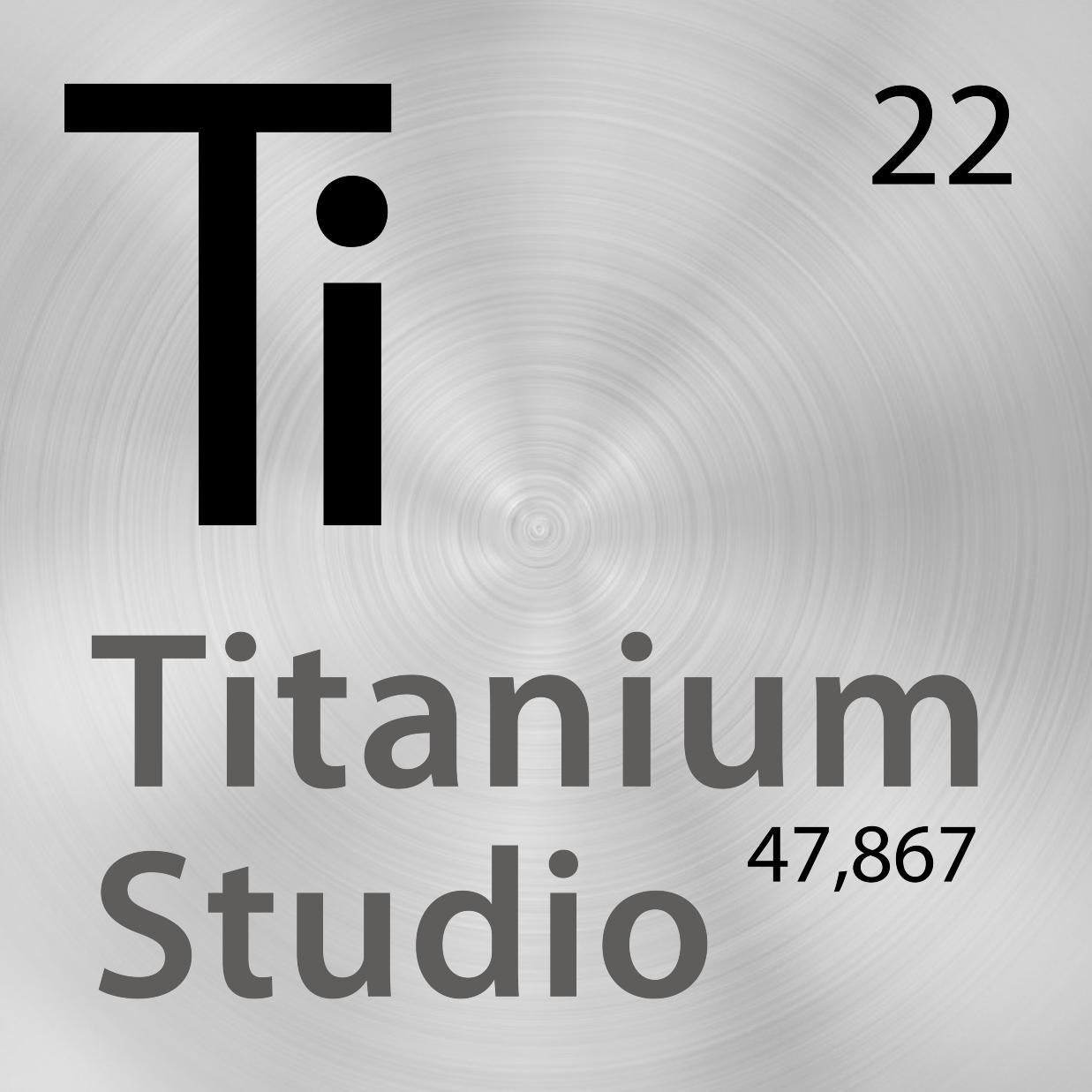This ring is based on the ancient art of Kintsugi.
The Gold we use is genuine 9ct Gold, not just a plating, ensuring long-lasting quality.
Kintsugi is a traditional Japanese art of repairing broken pottery using lacquer mixed with powdered gold, silver, or platinum. Instead of hiding cracks, it highlights them, embracing imperfections as part of an object's history. This philosophy, rooted in wabi-sabi, finds beauty in flaws and symbolizes resilience, transformation, and the value of imperfection.
In terms of durability, Zirconium is the only metal that can be treated to turn black. Contrary to popular belief, there is no such thing as black Titanium or Tungsten. What often appears as black Titanium or Tungsten rings online are actually standard silver rings that have been painted black, but this coating wears off quickly.
Zirconium begins as a silver metal and is treated to achieve its black finish. If the ring is damaged or worn down, it may reveal the natural silver color underneath. However, Zirconium is unique in that it can be polished and re-treated to regain its black appearance.
Zirconium is more expensive than Titanium or Tungsten, particularly the high-quality, treatable Zirconium used in these rings.
This exceptional titanium ring features a meticulously machined crack encircling the band. The crack is then filled with a vibrant gemstone, evoking the appearance of a natural gem vein hidden beneath the earth's surface.
Upon ordering please indicate the color of gem to be used in the comments section.
This exceptional titanium ring features a meticulously machined crack spanning half of the band. The crack is then filled with either 9ct Rose Gold or 9ct Yellow Gold, evoking the appearance of a natural Gold vein hidden beneath the earth's surface.
The Gold we use is genuine 9ct Gold, not just a plating, ensuring long-lasting quality.
Upon ordering please write which color gold you prefer in the crack.
This exceptional titanium ring features a meticulously machined crack spanning half of the band. The crack is then filled with either 9ct Rose Gold or 9ct Yellow Gold, evoking the appearance of a natural Gold vein hidden beneath the earth's surface.
The Gold we use is genuine 9ct Gold, not just a plating, ensuring long-lasting quality.
The ring undergoes a series of treatments to achieve an earthy, rustic finish, enhancing its raw and natural aesthetic.
Upon ordering please write which color gold you prefer in the crack.
This ring is based on the ancient art of Kintsugi.
The Gold we use is genuine 9ct Gold, not just a plating, ensuring long-lasting quality.
Kintsugi is a traditional Japanese art of repairing broken pottery using lacquer mixed with powdered gold, silver, or platinum. Instead of hiding cracks, it highlights them, embracing imperfections as part of an object's history. This philosophy, rooted in wabi-sabi, finds beauty in flaws and symbolizes resilience, transformation, and the value of imperfection.
This ring is based on the ancient art of Kintsugi with a Sterling Silver inlay.
Kintsugi is a traditional Japanese art of repairing broken pottery using lacquer mixed with powdered gold, silver, or platinum. Instead of hiding cracks, it highlights them, embracing imperfections as part of an object's history. This philosophy, rooted in wabi-sabi, finds beauty in flaws and symbolizes resilience, transformation, and the value of imperfection.






